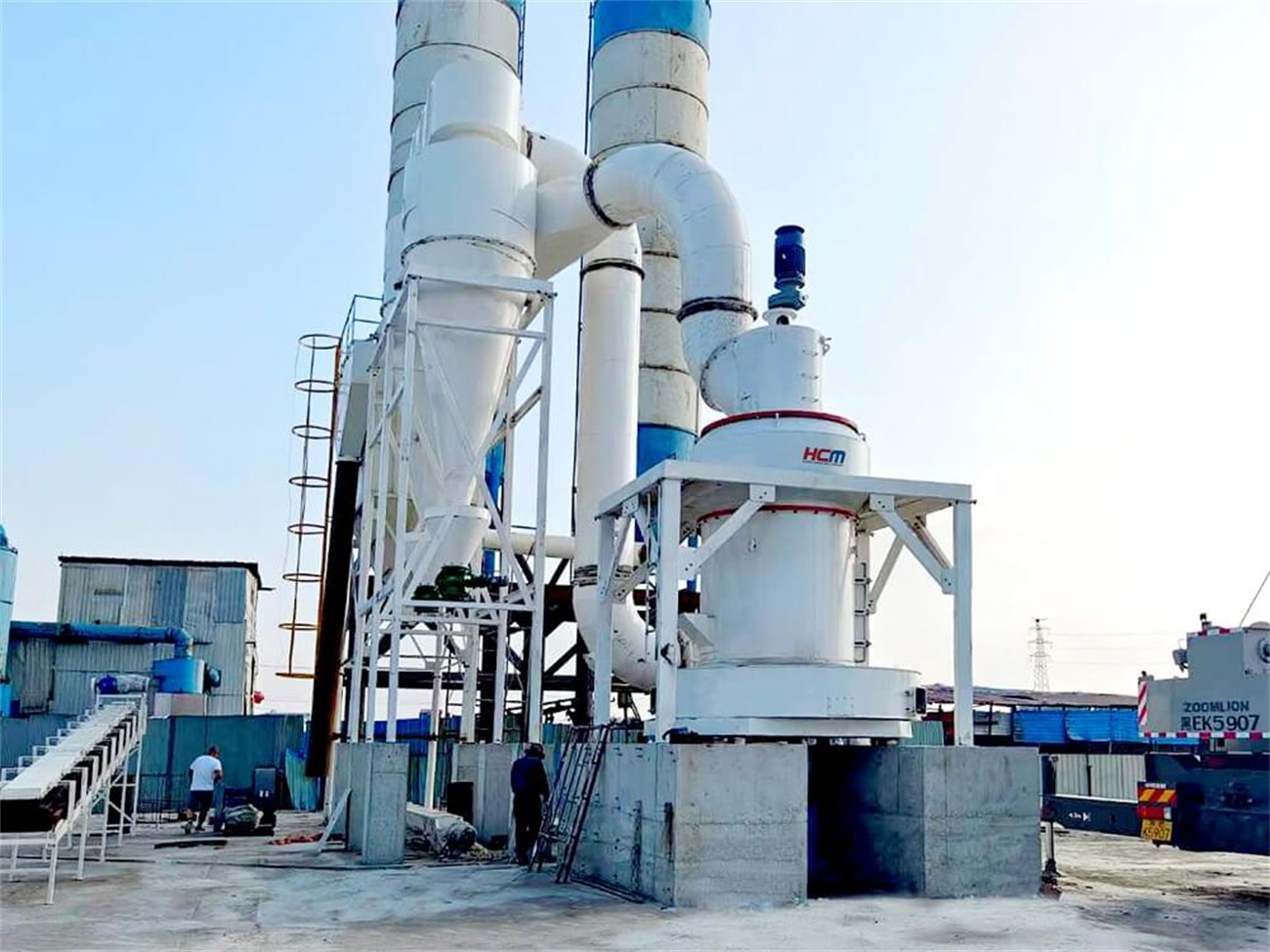Grinding technology has changed over the years, with vertical mills becoming even more popular. It has been proven that grinding efficiency can be improved by inter-particle grinding using dry grinding process. Under special circumstances, compared with the traditional tube mill wet grinding process, the product recovery rate and product quality can be improved. As a manufacturer of HLM vertical mill, HCM Machinery will introduce to you the vertical grinding technology in detail today.
For more than 100 years, various types of tube mills have been the most commonly used grinding tools in mineral processing. However, changes have occurred in some industrial sectors, such as the cement industry, where vertical mills are now used for drying and grinding. This is due to reduced energy consumption and increased drying capacity of this type of mill. Vertical mill operations use less pressure than high-pressure mills. The abrasiveness of the material plays an important role and the application of wear-resistant castings may be considered. The grinding tool also has high mechanical stability.
In flotation and related processes, the vertical feed fineness covers a wide range, using flat grinding discs and tapered grinding rollers. The grinding of materials takes place in the gap between the rotating grinding disc and the grinding roller. The mill feed enters the center of the grinding disc and moves to the edge of the grinding disc with the help of centrifugal force and friction. In this way, it is bitten by two, three, four or six conical grinding rollers mounted on the outer edge of the grinding disc. The grinding roller is connected to the hydraulic cylinder to provide grinding pressure for the grinding of materials. The inclination of the tapered grinding roller generates shearing force, which ensures grinding and transports the material under the grinding roller. The slope design keeps shear forces to a minimum to prevent excessive wear of the grinding rollers. The grinding disc lining and grinding rollers are made of wear-resistant high-chromium castings.The ground particles leave the grinding disc and are carried by airflow into a dynamic and efficient powder separator, which is integrated with the mill. The product particles leave the mill with the air flow, and the returned particles are returned to the grinding disc with fresh feed for further grinding. The pressure required for grinding is provided by a system called a “hydropneumatic spring device”.
The grinding pressure of 50~100bar on the high-pressure side of the hydraulic cylinder directs the grinding force to the material in the gap between the grinding roller and the grinding disc. The pressure on the low-pressure side of the hydraulic cylinder is about 10% of the high-pressure side, which allows the grinding roller to have a certain elastic movement. The extrusion characteristics of the material are adjusted by setting the pressure on both sides, making the movement of the grinding roller more rigid and flexible. Both processes are connected to the memory on the hydraulic cylinder, which allows for smoother movement of the grinding rollers. This configuration enables grinding operations with very low vibration levels.Each pair of grinding rollers of the vertical roller mill has two independent hydraulic devices, which can apply different pressures to each pair of grinding rollers, which is very beneficial to materials with poor bite performance. The material is fed into the mill through the air lock valve, and the required airflow enters the mill from the lower part of the mill. The air passes through the nozzle ring near the edge of the grinding plate and carries the material upward into the classifier. The air flow through the mill is directed by the system fan. The ground materials leave the mill after passing through the rotating cage of the high-efficiency powder separator, which is integrated with the mill. The product is collected by the dust collector behind the mill and sent to the storage warehouse for subsequent processes.
In the HCM Machinery Powder Laboratory, many different ores are processed on HLM vertical mills. The results show that when using vertical mills for drying and grinding operations, it is possible in some cases to use even coarser products in the flotation process and still achieve the same quality as the finer feeds of conventional mills. The product. Compared with traditional grinding equipment, vertical roller mills offer a series of advantages.
In short, the feed particle size is significantly larger than that of the ball mill, so the third-stage crushing process can be eliminated. It is an advantage to use drying and grinding in places where the moisture content of the material is limited.In addition, the newly released surface of the ore is not affected by the surrounding trapped liquid. The drying and grinding equipment can be operated independently from the previous process and the next process, so that the performance of the equipment can be optimized without affecting other operating conditions. The ground product is stored in the warehouse, which can act as a buffer when the raw material preparation process is shut down.
In addition, the mud density in the flotation equipment can be controlled. In the future, vertical mill grinding technology will be more widely used.Welcome to contact us:hcmkt@hcmilling.com
Post time: Dec-04-2023









